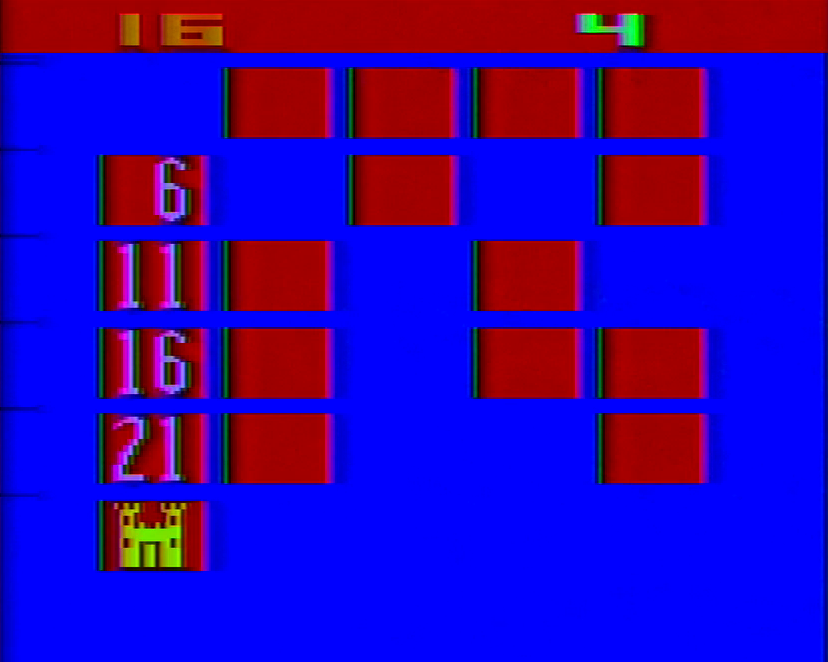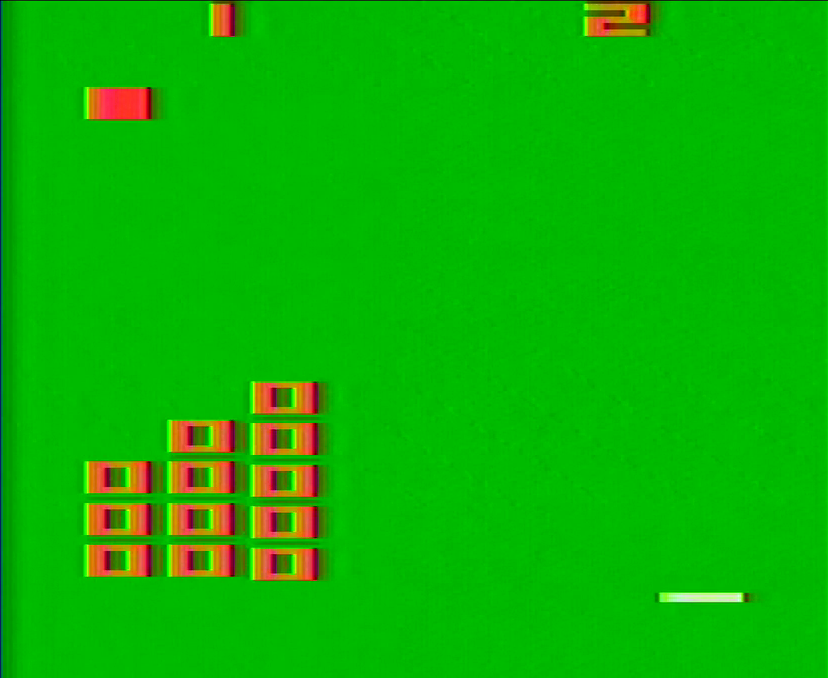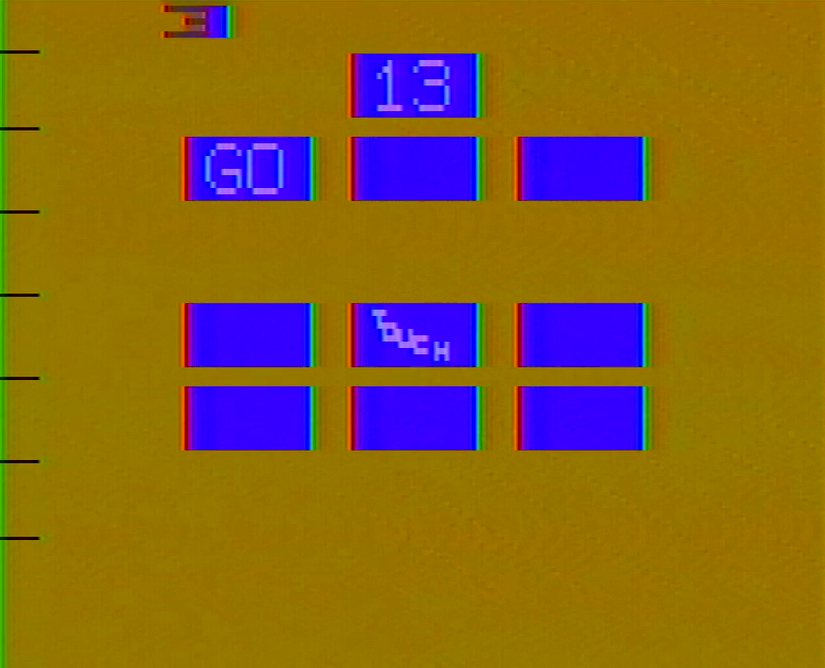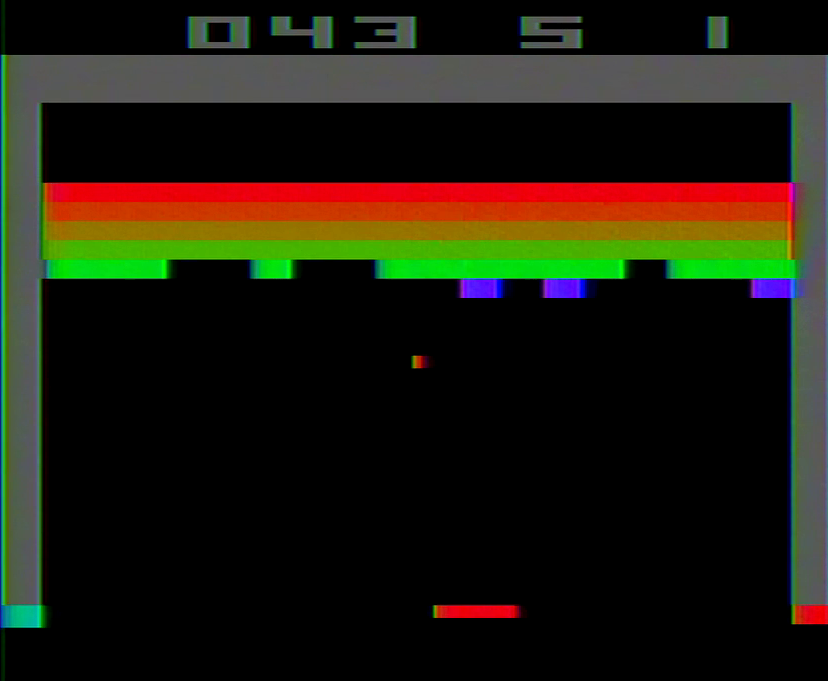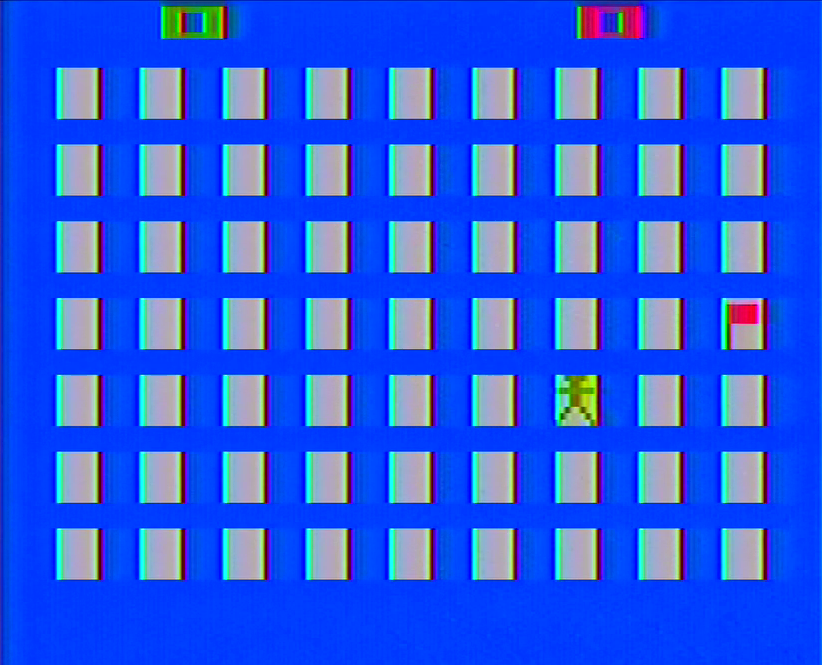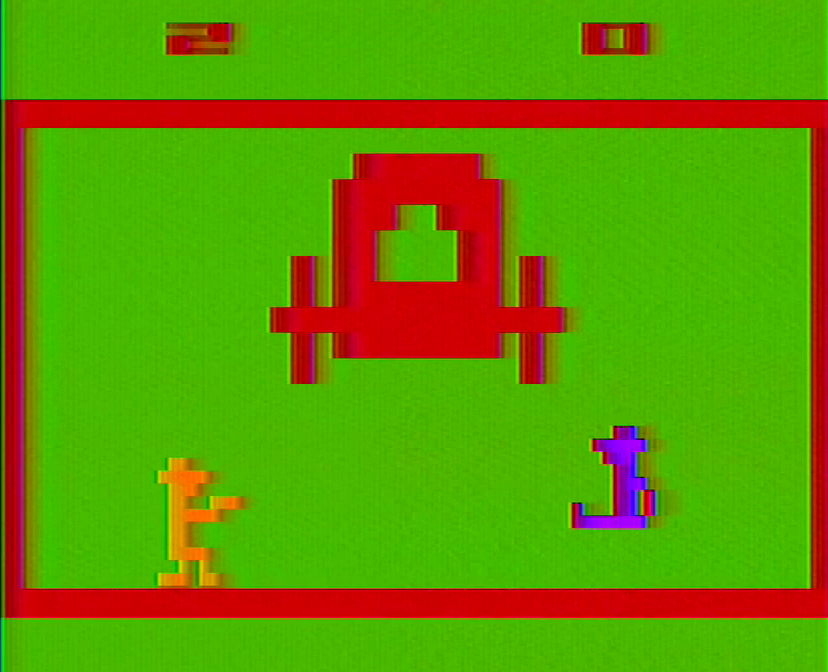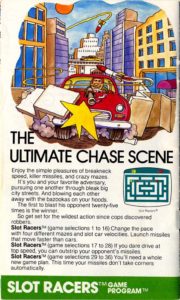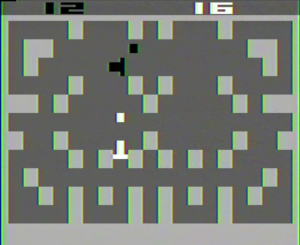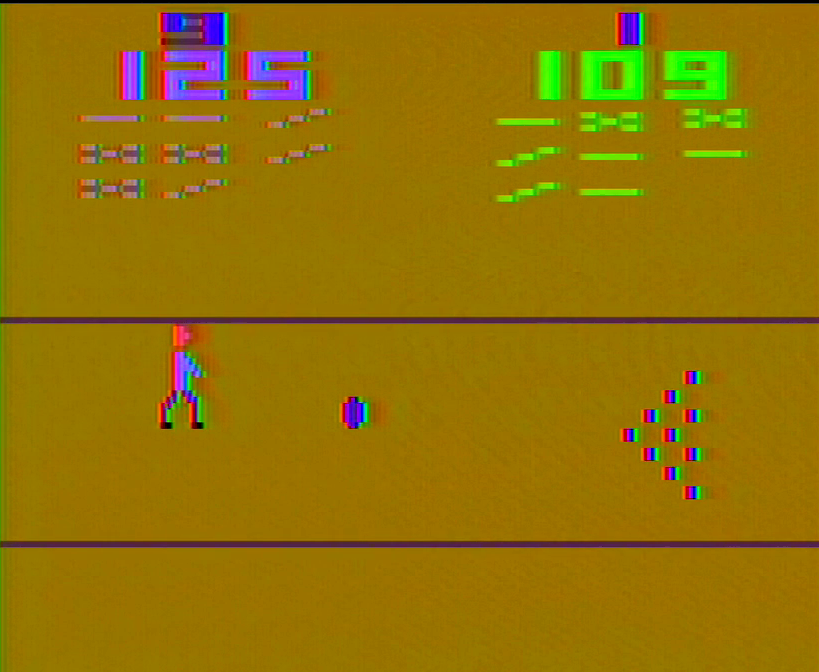
Atari’s new president, Ray Kassar, felt that only releasing new game cartridges for the holiday season was the wrong approach. Rather, Atari should follow what its competitors like Fairchild and RCA had been doing, and release new games throughout the year. While Atari had presented this as part of its plans in both 1977 and 1978 at various points, it did not follow through on these intentions until after Nolan Bushnell had been ousted at the end of 1978. And so, around March 1979, Atari published eight new cartridges for its VCS as part of a “first wave” for the year, including its own home version of the sport of kings, Bowling.

Atari was not the first company to consider producing a take on the best sport you can drink to. Electromechanical versions of Bowling existed in arcades and bars for decades before commercial video games started hitting the scene, and as the sport gained popularity in the 1970s there was interest in developing a video game version of it. Which brings us to RCA engineer Joe Weisbecker, who created a homemade computer called FRED and got it taken up as a formal RCA project once the company exited the mainframe computer market in 1971. Weisbecker and his group of computer engineers worked over several years to refine FRED into something that could have commercial legs, and games were a major consideration… including bowling. Weisbecker developed a primitive bowling game for the FRED around August 16, 1972 as described in an internal RCA memo, which kept track of the frame and your score. A ball would simply float back and forth on the lane until the player hit a button to send it on its way towards the pins, with a curve being optional. While visually the game is a bit unimpressive today, it would keep track of the score between the players, and even included a primitive method of including audio on the otherwise silent computer. With the right cassette tape hooked up to the computer, it could sync the ball toss action to an audio recording made from a bowling alley.

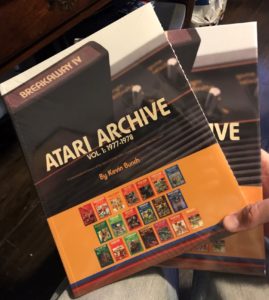 Entitled Atari Archive Vol. 1: 1977-1978, this covers the first two years of the Atari VCS’s life… and then some. If you’ve seen the video series or read this blog, you can guess the format of the book – much of it consists of delving into the history behind each game released in that two-year stint. The chapters are derived from these blog posts, but they aren’t identical, as I was able to come across some details during the writing of this book that I didn’t have putting the blog together.
Entitled Atari Archive Vol. 1: 1977-1978, this covers the first two years of the Atari VCS’s life… and then some. If you’ve seen the video series or read this blog, you can guess the format of the book – much of it consists of delving into the history behind each game released in that two-year stint. The chapters are derived from these blog posts, but they aren’t identical, as I was able to come across some details during the writing of this book that I didn’t have putting the blog together.